Urgent
GCC-Stat: GCC’s real GDP reached $466.2 billion by end of Q1 2025
 Pre-owned Boat Show in Dubai kicks off
Pre-owned Boat Show in Dubai kicks off
 Dubai Future Foundation, MIT Senseable City Lab unveil world’s first AI tree-cooled cities project
Dubai Future Foundation, MIT Senseable City Lab unveil world’s first AI tree-cooled cities project
 2025 Successes: UAE secures key leadership roles in international organisations
2025 Successes: UAE secures key leadership roles in international organisations
 ADIPEC 2025: AI, advanced tech set to reshape global energy future
ADIPEC 2025: AI, advanced tech set to reshape global energy future
 Hurricane Melissa reaches Bahamas
Hurricane Melissa reaches Bahamas
 UAE Parliamentary Division participates in Asian Parliamentary Assembly meeting in Moscow
UAE Parliamentary Division participates in Asian Parliamentary Assembly meeting in Moscow
 Kuwait oil price down 55 cents to $65.66 pb
Kuwait oil price down 55 cents to $65.66 pb

 Pre-owned Boat Show in Dubai kicks off
Pre-owned Boat Show in Dubai kicks off
 Dubai Future Foundation, MIT Senseable City Lab unveil world’s first AI tree-cooled cities project
Dubai Future Foundation, MIT Senseable City Lab unveil world’s first AI tree-cooled cities project
 2025 Successes: UAE secures key leadership roles in international organisations
2025 Successes: UAE secures key leadership roles in international organisations
 ADIPEC 2025: AI, advanced tech set to reshape global energy future
ADIPEC 2025: AI, advanced tech set to reshape global energy future
 Hurricane Melissa reaches Bahamas
Hurricane Melissa reaches Bahamas
 UAE Parliamentary Division participates in Asian Parliamentary Assembly meeting in Moscow
UAE Parliamentary Division participates in Asian Parliamentary Assembly meeting in Moscow
 Kuwait oil price down 55 cents to $65.66 pb
Kuwait oil price down 55 cents to $65.66 pb



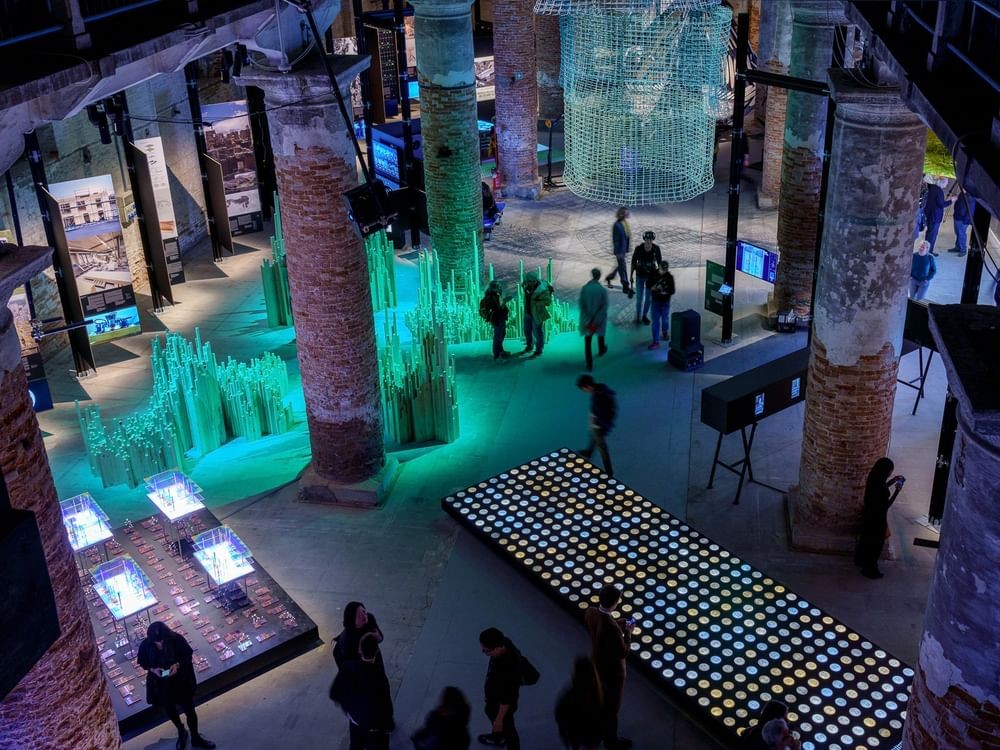

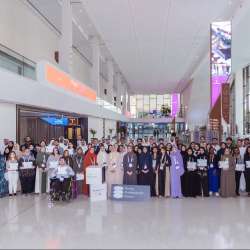

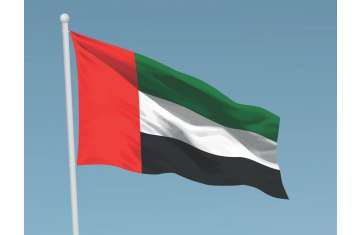
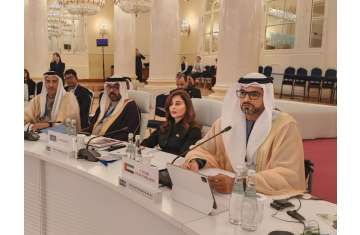
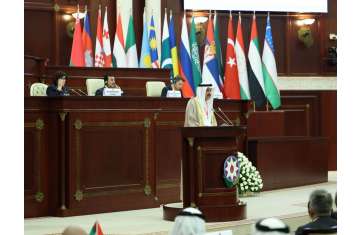
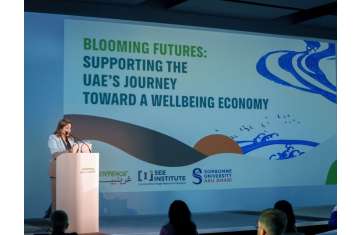
Comments